Keeping fish can create a pleasant atmosphere, but if the fish tank rocks are not clean, it will have a great impact on the fish’s growth and health and reduce the tank’s viewing level. Many pet parents love to keep fish, and we will encounter a problem—how to clean the rocks and substrates in fish tanks.
Content Table
In this article, we have summarized some methods to share with you. We hope to help fish lovers clean the rocks and substrates in their fish tanks scientifically and correctly.
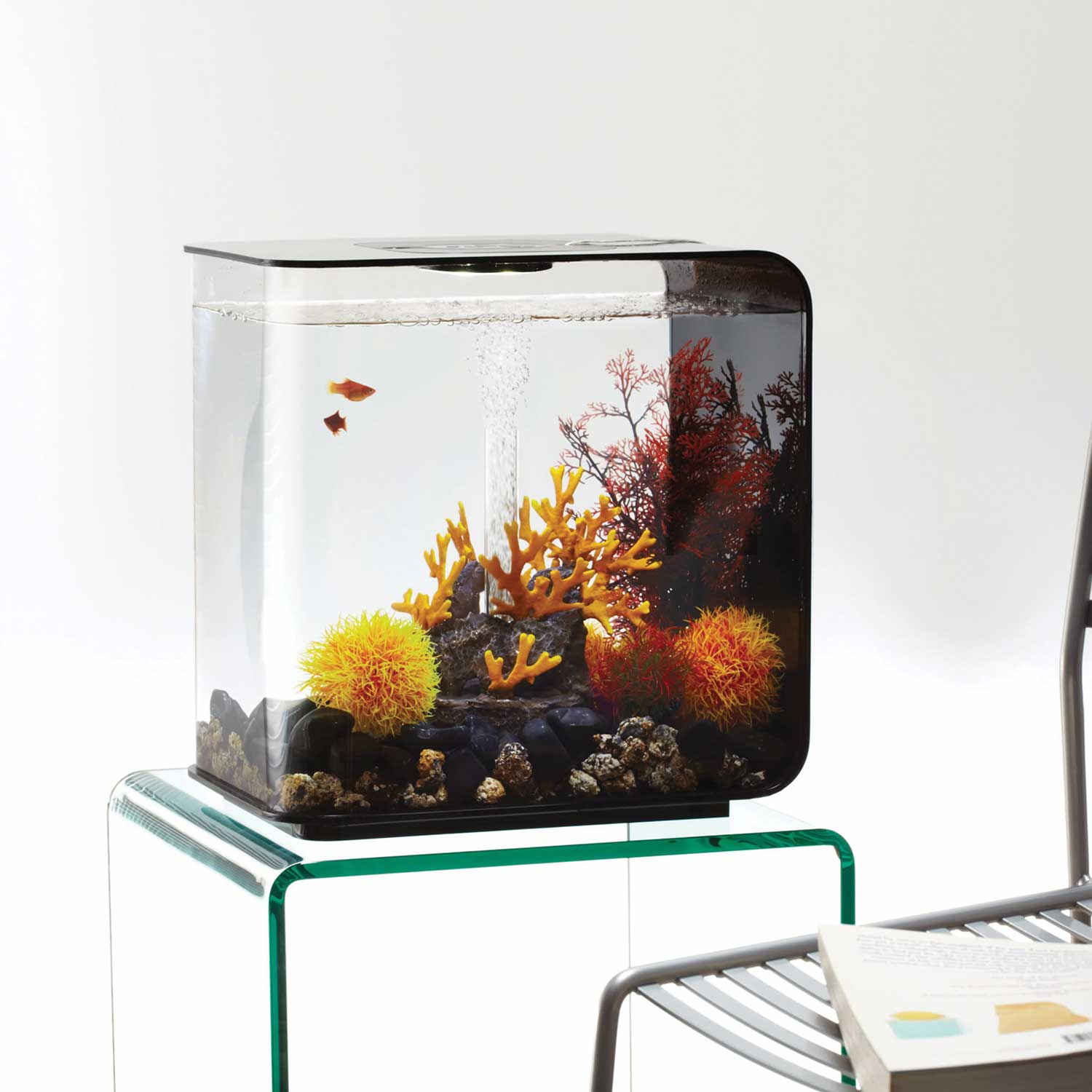
How to Clean up Aquarium Substrate
There are many methods to clean the substrate in your aquarium, but knowing how to do it properly is important. Cleaning the substrate can be difficult, but you can avoid the “new tank syndrome” by doing it in small sections. You can also use a garden hose to rinse the substrate. Be sure to rinse the substrate thoroughly before using it again. Then, you can follow the steps listed below to spot the substrate and keep your tank looking great.
If you’re unable to use a gravel vacuum or siphon tube, you can stir up the substrate manually with your hands. You can also use long-handled algae scrapers or tongs to clean large areas of the substrate. Regardless of which method you choose, make sure to start by measuring the size of your aquarium and consider the amount of dirt. This way, you’ll be able to clean a large portion of the substrate at once.
Using a gravel cleaner is another solution. These tools use the principle of suction to suck up lighter debris from the substrate. As fish live below the water surface, food and plant parts sink to the bottom, so the heavier particles remain on the bottom. You can then dust this layer off with a powerhead or gravel vacuum (sand vacuum). You may need to repeat this process several times depending on how much sediment has settled in the aquarium.
After removing the nitrifying bacteria, rinse the gravel with a bucket or colander. Make sure you rinse thoroughly and use a dry rag to dry it. If the water will run a little bit of color, continue rinsing until it is clear. When the gravel is clean, the substrate is ready to be put back in the aquarium. Then, you can add the equipment you removed from the tank.
Once your new fish are not enjoying the water, it’s time to clean the substrate. To do this, use a lint-free cloth or a magnetic algae scrubber. Avoid scrubbing too hard, as too much scrubbing can cause scratch marks and tipping of the tank. Instead, gently rake the aquarium sand with a gravel rake to bring the impurities to the surface.
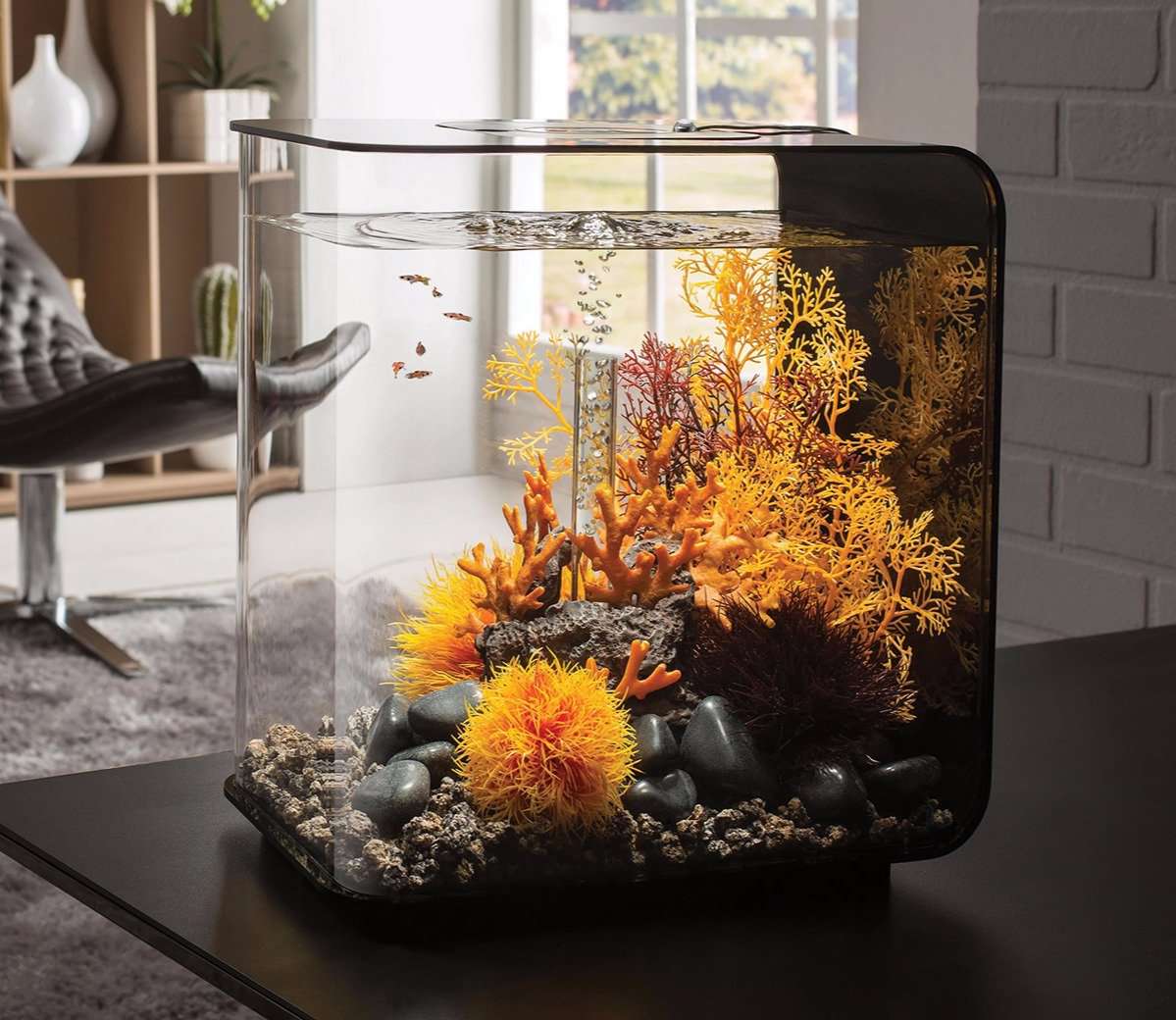
How to Protect Aquarium Rocks from Too Many Algae
Vacuuming substrate monthly
You can also remove excess algae growth from the rock surfaces by vacuuming the substrate monthly, scraping off the rocks with an Algae scraper, or using an algae pad. If manual removal is not an option, you can try using a siphon to remove dislodged algae from the rock surface. Algae growth will settle back and grow again, so you must be persistent with algae removal.
Avoid direct sunlight for a long time
The best way to protect your aquarium rocks is to avoid direct long sunlight. The light can promote algae growth, and it can also overheat the aquarium. Direct sunlight can be dangerous, as it can cause algae to overgrow and cause it to kill fish and plants. Therefore, it is better to keep the aquarium out of direct sunlight and avoid the use of decorations that may contain algae. These are easy ways to protect your aquarium rocks from too much algae.
Change water temperature
Another way to prevent aquarium algae is to change the temperature of the water frequently. Warm water is more conducive to algae growth. As a rule, aquarium water should be around 72 F for fish and 78 F for plants. But even then, you should avoid high temperatures, as they can aggravate the problem. Keep your water temperature at the lowest level acceptable for your fish.
Fortunately, moderate levels of algae growth can be beneficial. The growth of algae is a natural part of the aquatic ecosystem. Many types of algae are beneficial to fish and can even enhance the look of your aquarium. However, when you notice an excessive amount of growth of algae, you should immediately act to prevent it from affecting your fish and plants.
Here are some helpful tips
One of the most common causes of aquarium algae is too much fish. Overstocking a tank with too many fish will cause an excess of nitrates and ammonia. To counter this problem, you can add plants to the aquarium to reduce the ammonia levels. But if your aquarium already has a lot of plants, it may not be possible to remove all the algae.
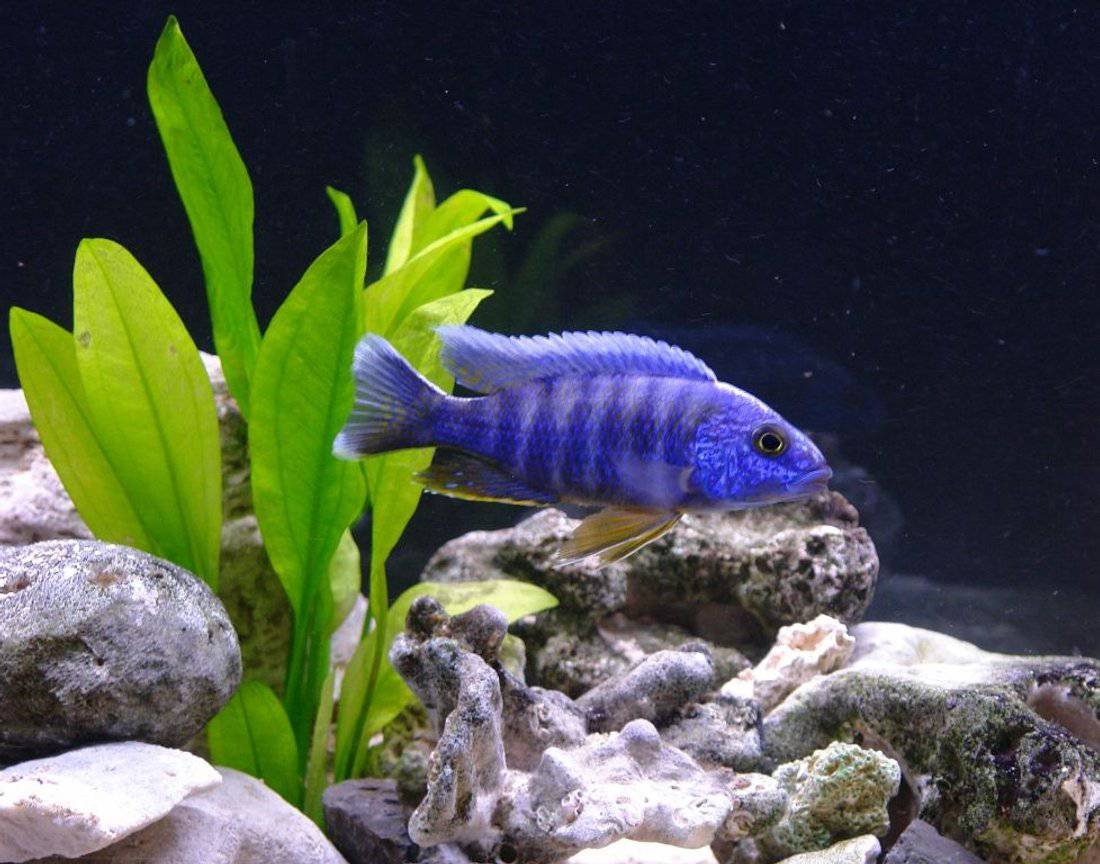
How to Remove Algae from Rocks
You have probably wondered: how to remove algae from decorations and rocks in an aquarium.
In this part, you will discover a few methods. To remove algae, you can place the rocks or decorations in a solution of ninety-five percent warm water and five percent bleach. Let the rocks or decorations soak for about five minutes. After that, you can scrub them using an algae scraper. Rinse the decorations with warm or cool water. You should be very careful not to leave bleach residue on your decorations.
For decorative rocks, you can use a bleach bath. Mix nine parts of water with one part of chlorine bleach. Soak the decorative rocks for about fifteen minutes and scrub with a sponge or soft-bristled brush. Repeat this process every two days. Do not use this method if you are concerned about the water’s PH level or the condition of the rocks.
Besides chlorine bleach, if you want a stronger acid, you can also use citric acid. This acid is stronger than vinegar and is effective in removing stuck-on buildup. Unlike vinegar, citric acid will also dissolve calcium and phosphate deposits. When using a citric acid solution, however, it is imperative to dilute it with water before soaking the rocks. It takes several days to remove the algae from the rocks.
If you have a saltwater aquarium, live rocks should be cleaned regularly. Algae growth is common on rocks in stream beds, waterfalls, and in the pond itself. However, the beneficial bacteria found in these rocks might not be effective in removing algae.
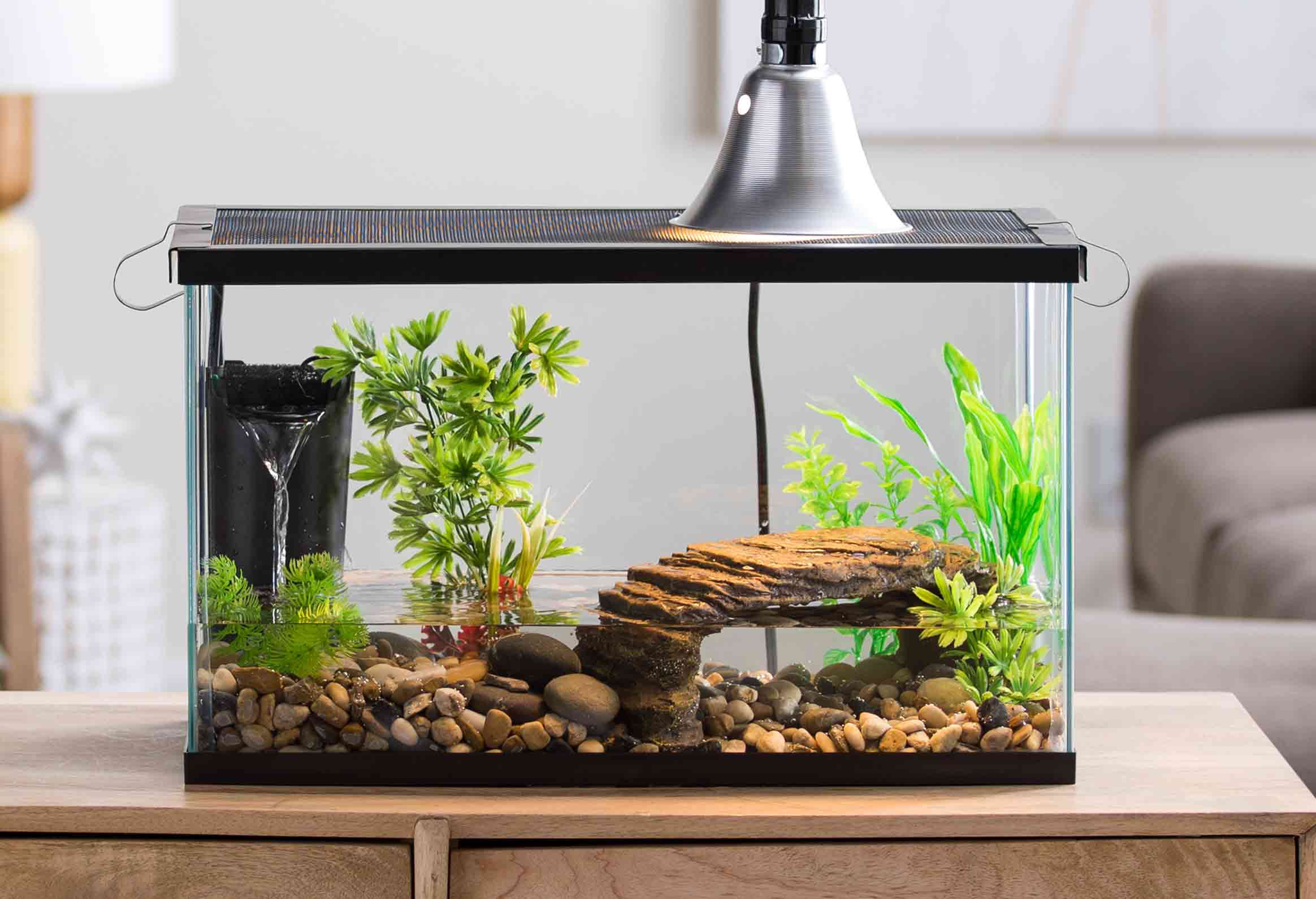
How to Clean Aquarium Rocks Using a Vacuum Kit
Whenever you are planning to clean your aquarium rocks, you can take advantage of a vacuum cleaner kit. It will not only help you clean rocks thoroughly but also change up to 30 percent of the water level. If you have a very dense plant cover, you can skip this step. Just be sure that the dead leaves of the plants do not contribute to the problem. After vacuuming your aquarium rocks, reinstall the decorations and fill the fish tank again with the same water level.
A good aquarium vacuum kit will have an attachment for cleaning the gravel. It should be designed for use with gravel and sand substrates. A standard-sized aquarium vacuum has a 2-inch opening, while a mini size is 1.5 inches. These smaller-sized vacuums work best for aquariums with less than five gallons. Lastly, there should be a filter to prevent dust and debris from getting into the pump.
When cleaning your aquarium rocks, you should unplug any aquarium equipment and remove any decorations before you start. Use the fish tank cleaner to scoop up the dirty gravel, placing it in a sieve. To remove the dirtiest gravel, empty the aquarium and rinse the gravel sieve. Then, rinse the gravel sieve with a hose to remove any excess dirt. Once you are done cleaning, repeat the procedure every two weeks.
Before you use a clean tool kit, make sure you have a bucket underneath your aquarium. This will catch debris and waste. Make sure to use a collection bucket lower than the aquarium’s level to catch the water. Once you have collected enough water, you can then remove the vacuum head from the aquarium. Make sure to let the residual water drain through the tube. If you are not careful, you could risk damaging your aquarium rocks. And a bucket-free fish tank changer is also a good choice.
You should vacuum your gravel at least once a week, depending on the size of your aquarium. While you should change about 10 to 30 percent of water once a week, it’s recommended that you clean your gravel more frequently. Ideally, you should change up to 20 percent of the water every two weeks. If your aquarium is very densely planted, you may want to skip the biweekly vacuuming. During this process, you’ll also be removing dead plant leaves and decomposing plant waste.
Conclusion
Rocks in an aquarium must be regularly cleaned. A clean fish aquarium means happy fish! If they’re surrounded by brown algae or other contaminants, your fish won’t be healthy. Regular aquarium cleaning will prevent this and help you maintain the chemistry of your water. Clean rocks also mean less stress for your fish.
If you want your tank to be cleaner, don’t expect instant results. By changing the water regularly, using carbon in between, and cleaning rocks and filters regularly, you can keep your tank looking fresh and clean without having to make drastic changes to your tank maintenance system. The more regular aquarium maintenance is done, the clearer these aquarium environments will be, while the health of the tank’s creatures will be ensured. Keeping these combinations in top condition is the first line of defense for your tank, and if you want a clean, properly cycled tank, it must be cleaned regularly.
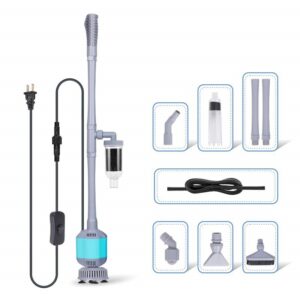
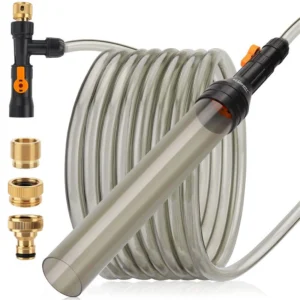
Leave a comment